The toys we loved in the 60s and 70s weren’t just fun to play with—they were downright mysterious. We’d play, poke, and sometimes even break them just to find out what made them tick. Ever wonder what was really inside your Stretch Armstrong or Etch-A-Sketch? Let’s take a nostalgic—and slightly scientific—look at the guts of these classic toys.
1. Etch-A-Sketch’s Secret Powder
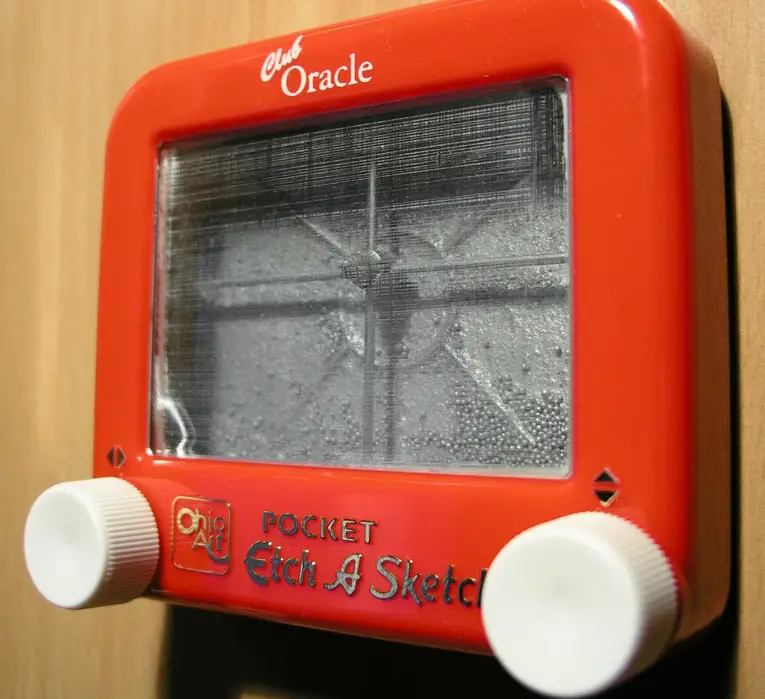
That magical screen that let you draw and erase endlessly wasn’t magic after all. Inside the Etch-A-Sketch was a thin layer of aluminum powder. The knobs controlled a stylus that scraped away the powder to reveal lines, while shaking it redistributed the powder to “erase” your masterpiece.
2. Stretch Armstrong’s Gooey Guts

Stretch Armstrong was the ultimate stress toy. You could pull him, stretch him, and twist him into knots, but he always snapped back to shape. Inside? A corn syrup-based goo that gave him his iconic stretchiness. It was thick, sticky, and surprisingly strong—though not indestructible, as many curious kids discovered with scissors.
3. Lite-Brite’s Colorful Glow
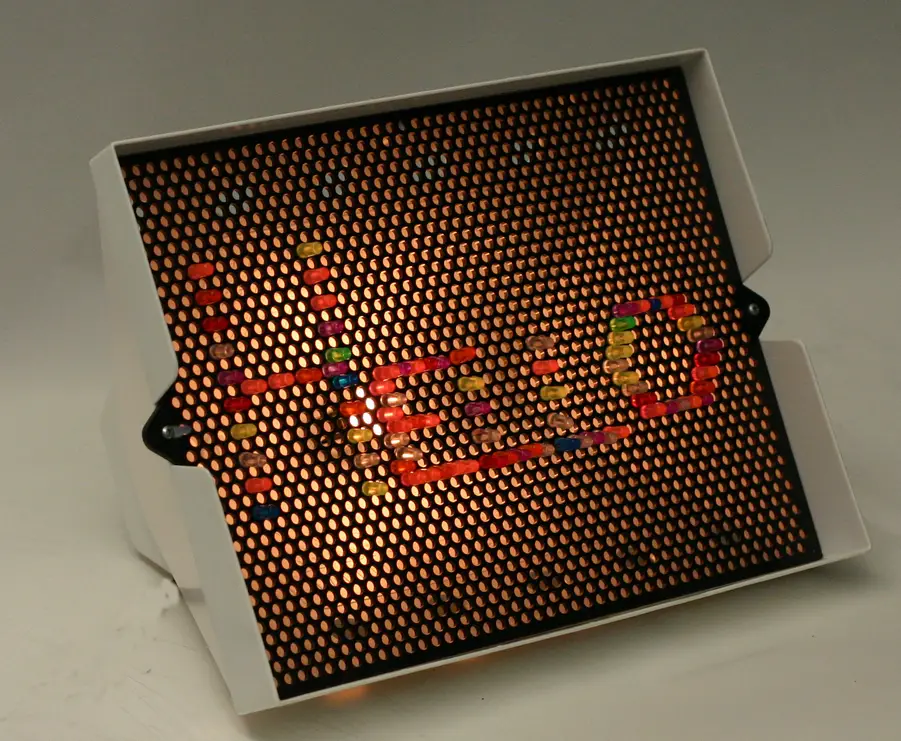
Those mesmerizing glowing pictures were powered by a simple light bulb inside the Lite-Brite’s base. The magic came from colored plastic pegs that channeled the light. Though the bulb was ordinary, the combination of glowing pegs and black paper felt downright futuristic.
4. Magic 8 Ball’s Mystical Ink

The answers to all your burning questions floated in a liquid-filled chamber inside the Magic 8 Ball. The secret? An alcohol-based solution that held a 20-sided die, each side inscribed with a different phrase. Give it a shake, and your future was revealed!
5. Spirograph’s Gears and Pens
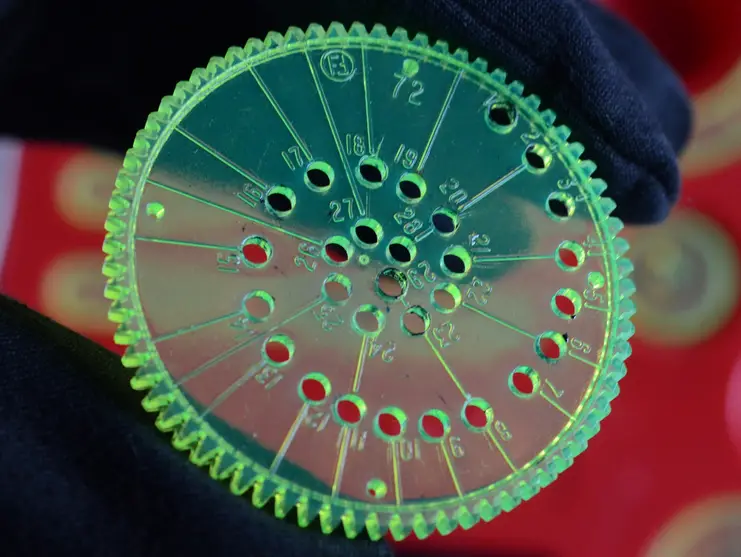
Inside a Spirograph kit were plastic gears, rings, and wheels that transformed boring old pens into art tools. The mechanics were simple, but the hypnotic patterns you could create made it feel like something out of a science lab.
6. Slinky’s Spring Steel Magic
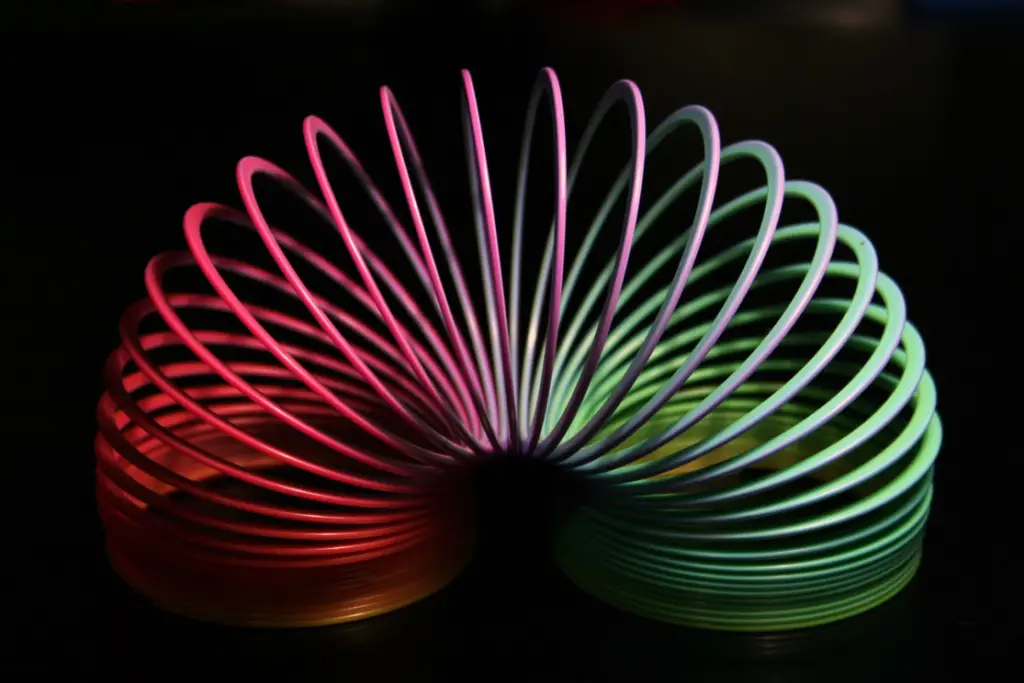
Okay, so Slinky’s insides were technically its outsides, but the magic came from the specific type of steel used. Its tightly coiled spring had just the right balance of tension and flexibility to make it “walk” down stairs like it had a mind of its own.
7. View-Master’s Tiny Pictures
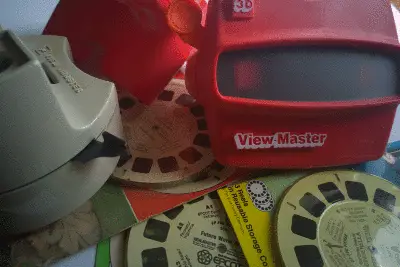
The View-Master was a portal to other worlds, thanks to its reels of tiny color slides. Inside the viewer was a simple mechanism that advanced the reel and a pair of magnifying lenses that brought those miniature scenes to life.
8. Monopoly’s Tiny Tokens
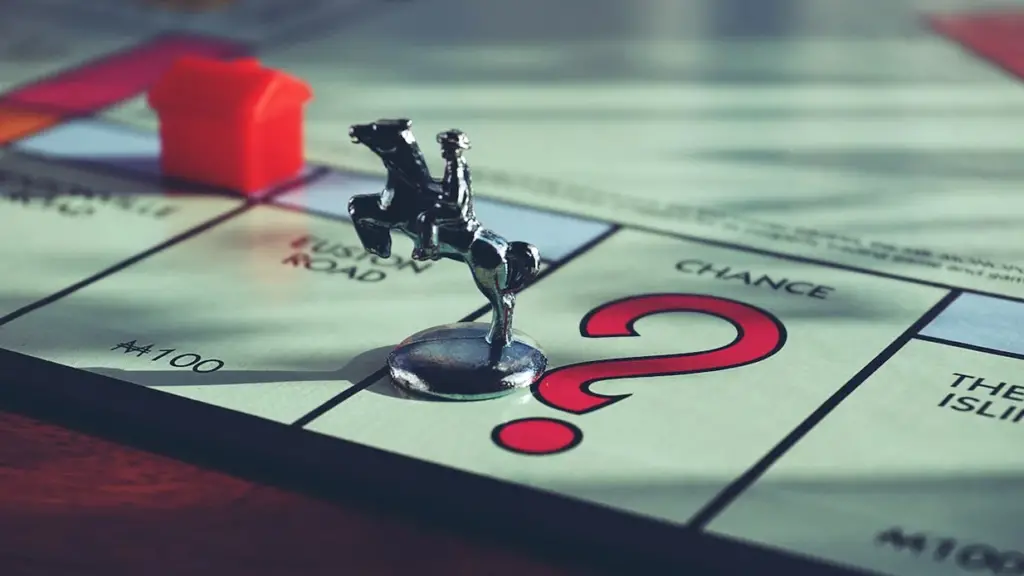
Not exactly a toy, but Monopoly’s metal tokens—from the racecar to the top hat—were made from die-cast zinc. The sheer heft of those tiny pieces made them feel luxurious, even as they sparked sibling fights over who got the dog.
9. Super Ball’s High-Bounce Polymer
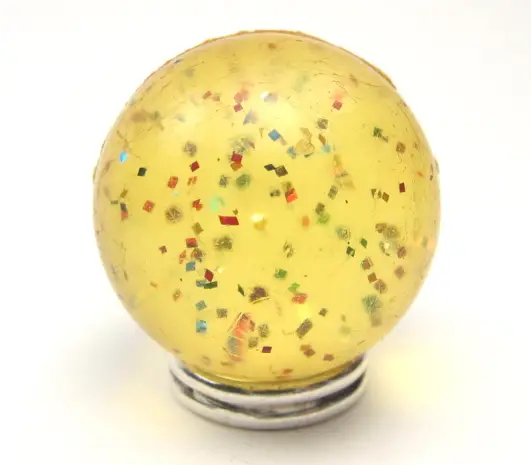
Super Balls were the playground’s best way to lose a toy. Made of Zectron, a type of synthetic rubber, these balls could bounce higher than any others thanks to their ability to store and release energy efficiently. It was science disguised as fun!
10. Operation’s Buzzing Bones
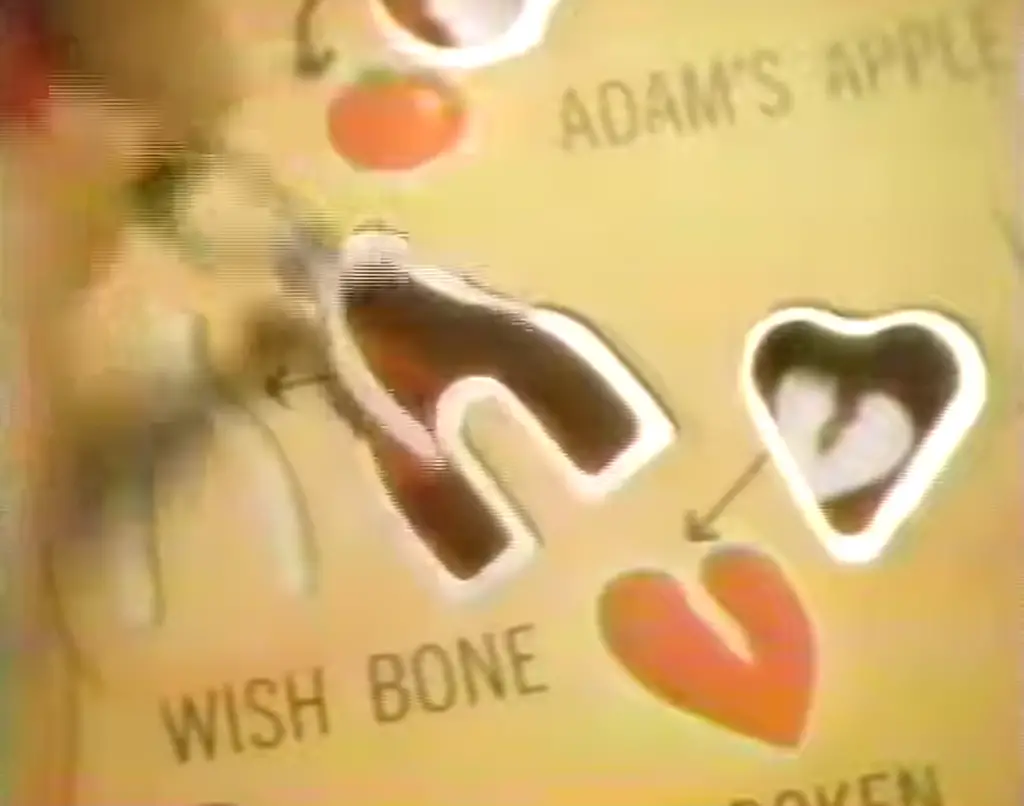
The operation table was powered by a simple battery and a buzzer. When your tweezers touched the metal edge, it completed a circuit, causing that nerve-wracking buzz. Inside, the removable “organs” were just lightweight plastic pieces sitting in depressions.
11. Clackers’ Plastic Danger
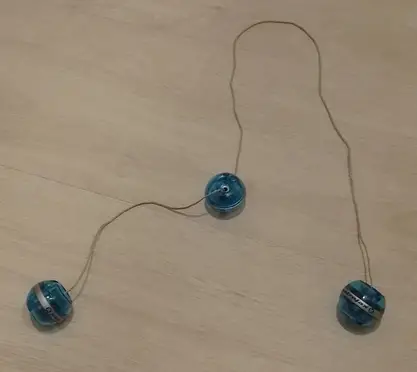
Clackers were just two hard acrylic balls attached by a string, but their simplicity didn’t make them safe. Inside the colorful plastic was pure tension, as the clacking motion caused them to occasionally shatter—a fact many parents discovered the hard way.
12. Weebles’ Weighted Secret
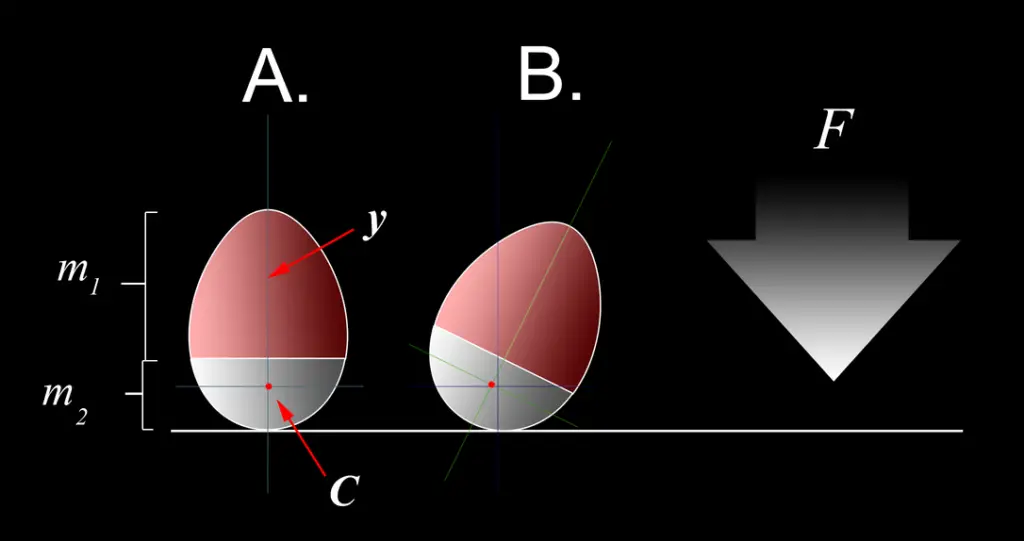
“Weebles wobble but they don’t fall down” thanks to a weighted base inside each egg-shaped toy. The bottom half was filled with heavier material, ensuring that no matter how hard you pushed, they’d always pop back upright.
The insides of these toys weren’t just about function—they were part of the magic. Whether it was goo, powder, or a light bulb, these elements helped define our childhoods and created memories that still make us smile. What was your favorite toy to take apart (on purpose or not)?


